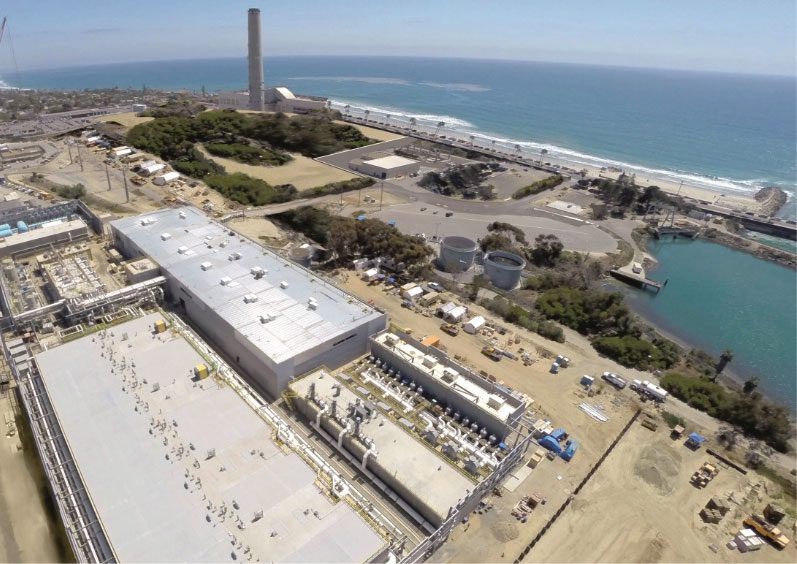On June 1, the state of Arizona announced that Phoenix’s groundwater supply reached critical junctures, presenting several issues for citizens. This impasse is stagnating more than a decade of steady economic development in the Phoenix area, including shelving housing projects until the situation is remedied.
Despite efforts like recycling wastewater and sourcing from rivers through aqueducts, Phoenix is in a bind. Half of the city’s supply comes from groundwater. Also, after signing a pact with seven Southwestern states to reduce consumption from the Colorado River, lawmakers are considering alternative sources. However, that usually involves buying river access from Tribal lands, which have their own water security issues.
Israeli tech firm IDE Technologies has an idea: large-scale water desalination. Wait, but Arizona is landlocked, so how would this occur? IDE is proposing a $5.5 billion desalination plant in Puerto Penasco, Mexico, a seaside city on the Gulf of California. The plant would desalinate thousands of gallons of water and send it to the Phoenix area.
In addition to the plant, a 200-mile pipeline would send water through aqueducts connected to Phoenix via the Organ Pipe Cactus National Monument and Sonoran Desert National Monument.
It would pass through the Mexican-U.S. border and the Cabeza Wildlife Refuge. The pipeline would connect to an existing aqueduct to send water to the city. The Colorado River reliance would drop substantially.
Photo Courtesy Helio Dilolwa
Desalination is prevalent in states such as Texas, Florida, and California. Israel is one of the best examples of desalination on a national scale. Around 60% of Israel’s drinking water comes from desalinated Mediterranean seawater. IDE has several plants in its home country, including the “largest and most advanced” one in the Sorek facility in Palmachim.
Arizona lawmakers are seriously considering IDE’s proposal. In December, the Arizona Water Infrastructure Finance Authority voted 9–0 to review the submission and make a recommendation on the plan. Both sides of the aisle support this plant.
As Arizona’s water supply hits critical junctures, having technologically-advanced solutions are necessary.
“In a world of limited natural resources, we must be able to provide solutions that are not based on simply shifting the environmental impact from one impact type to another, but on reducing or even eliminating it,” wrote Tomer Efrat, IDE’s research and development vice president, in an op-ed with “WC&P Magazine.” “Therefore, we must have the tools to evaluate the sustainability of each solution we develop.”
Photo Courtesy Pascal van de Vendel
Of course, Mexico would need to benefit from this plant proposal. It is the country’s seawater and could face the consequences of potential brine concentration in the Gulf of California. Brine is a high concentration of salt in water. It’s a byproduct of desalination, and it’s highly corrosive.
Brine disperses in the open ocean with no issues, but because Puerto Penasco is so close to the tip of the Gulf, brine concentration may build up faster. The saltier water is bad for marine life, which could affect the local fishing industry.
IDE wants to open a massive solar farm in Arizona, then build a transmission line to connect Mexico to the farm. The plant would also run on solar power.
The company said some desalinated water would be provided to Puerto Penasco as compensation.
At the time of writing, Arizona’s governor has not signed off on IDE’s proposal, nor has the Mexican government. Desalination could benefit two countries struggling with drought and water security. If IDE can figure out how to control the brine concentration, it may garner more support.
“Seawater desalination, which is widely used globally, is the most viable solution for generating sustainable, long-lasting freshwater sources,” Efrat said. “However, despite the remarkable advancements in seawater-desalination technology and its cost-effectiveness, seawater desalination comes at a cost to the environment, like other manufactured solutions.”
“As we wish to expand the scope of seawater-desalination plants, the water industry keeps investing in research and development to improve seawater desalination’s economic viability and, recently, its sustainability prospect,” Efrat continued.





